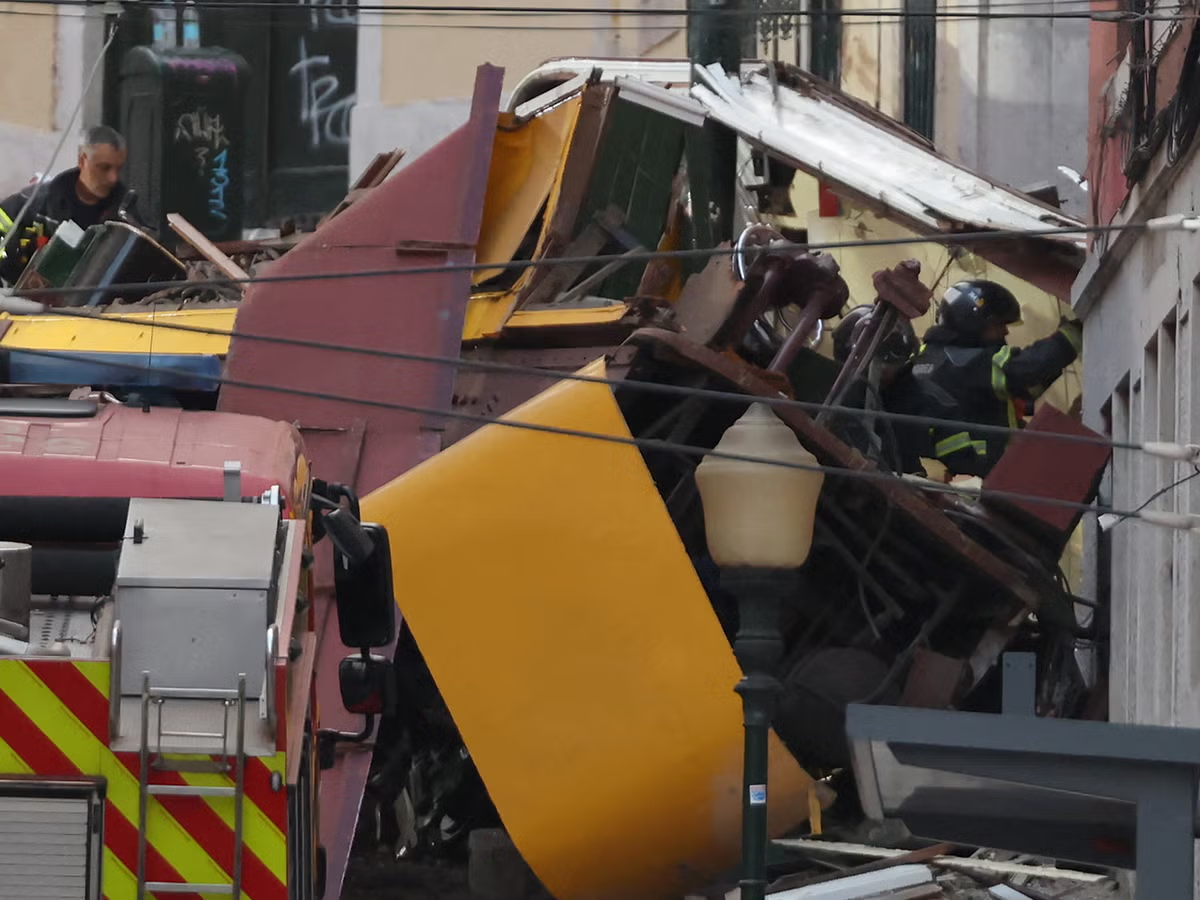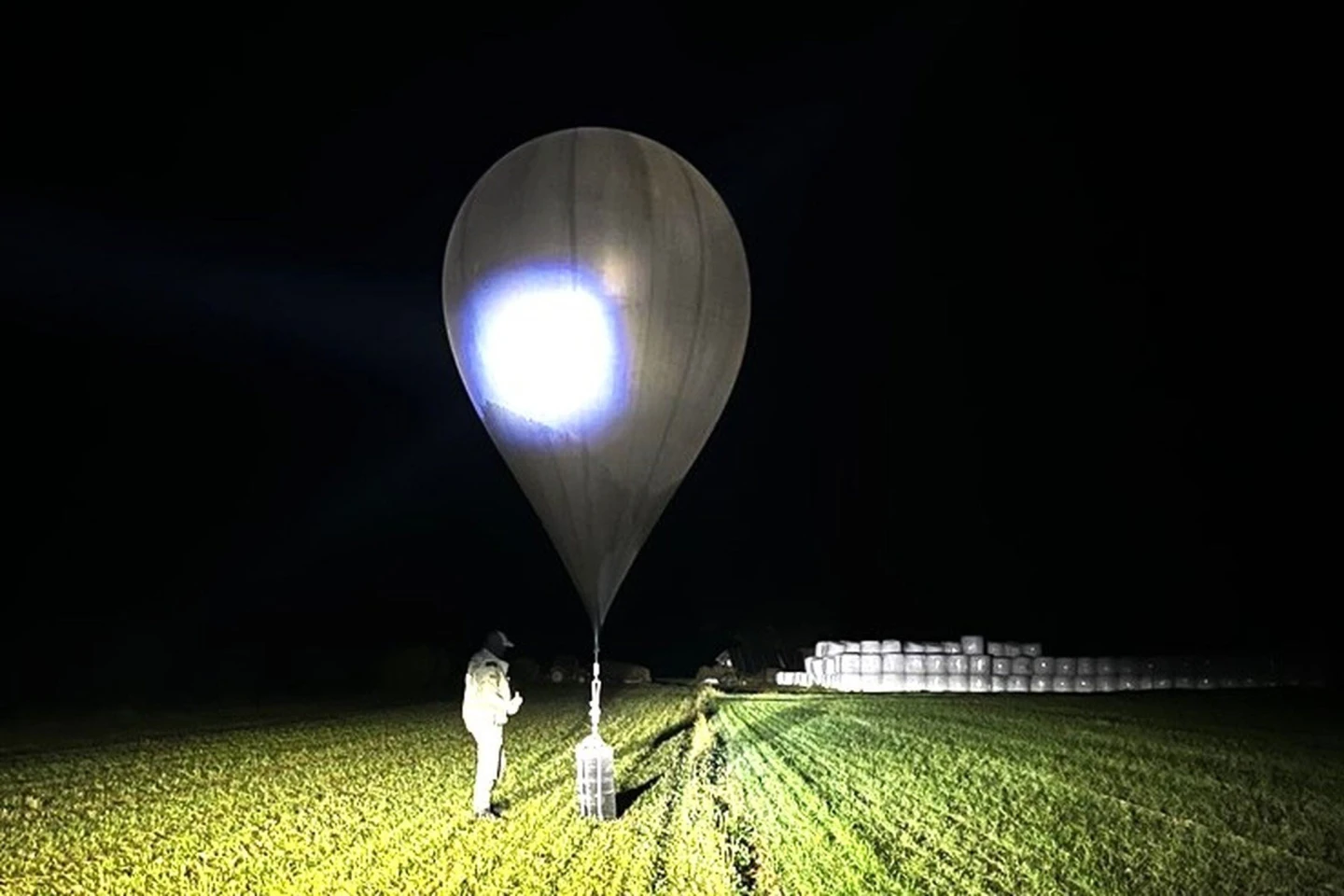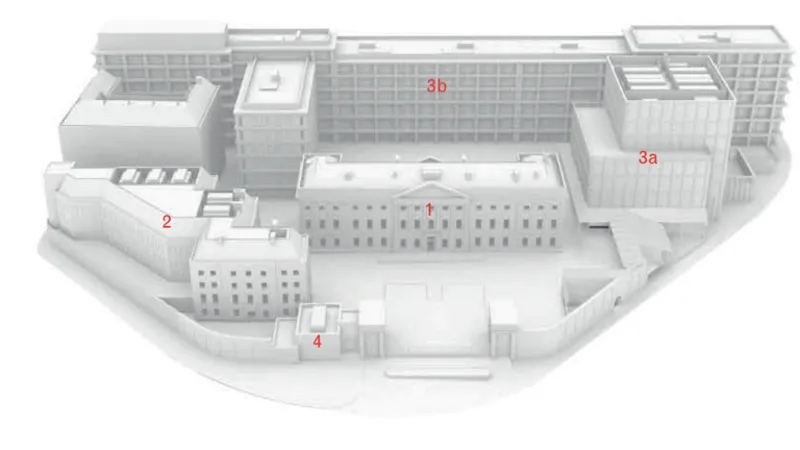Lisbon, Portugal – September 4, 2025
A night of horror struck Lisbon on Wednesday when the city’s beloved Ascensor da Glória funicular veered off its rails, crashing into a building and leaving 17 people dead with at least 21 more injured. The accident has shaken Portugal, prompting a national day of mourning and a sweeping safety investigation.
A Fatal Descent
The incident occurred around 6 p.m. as the funicular was making its descent between Restauradores Square and Bairro Alto. A suspected cable malfunction caused the car to lose its braking power, sending it careening down the steep incline. It derailed on a curve and slammed into the corner of a building, collapsing into mangled debris. Passengers in the ascending car were jolted violently, with several leaping out of windows to escape injury.
Witnesses described scenes of panic, with screams echoing through the narrow streets and emergency responders rushing in as debris scattered across the cobblestones. One bystander said the car “picked up unstoppable speed” before shattering on impact.
Human Loss
Among the 17 victims were both locals and international tourists. Two of the deceased passed away in hospital overnight, while 15 were declared dead at the scene. The injured included nationals from multiple countries, underscoring the funicular’s role as both a commuter service and a major tourist attraction.
Tragically, one of the victims was a Carris employee who operated the brakes. Colleagues remembered him as dedicated, cheerful, and deeply proud of his role in maintaining the historic line.
National Mourning
Portugal’s government declared September 4 a national day of mourning, while Lisbon city officials announced three days of municipal mourning. Flags across the capital were lowered to half-mast.
In response, all of Lisbon’s funiculars, along with the Santa Justa Lift, were suspended while emergency safety inspections are carried out. City transport officials stressed that maintenance checks had been performed regularly and according to protocol.
Investigation Underway
Authorities have launched a formal investigation to determine the exact cause of the disaster. Initial suspicions point to a snapped or loosened cable that may have disabled the braking system. Transport unions, however, claimed that workers had raised concerns about cable tension and braking issues in the months prior.
Carris, Lisbon’s public transport operator, defended its practices, saying maintenance was performed daily, weekly, and monthly, with major checks conducted by an external contractor. Investigators will now analyze maintenance records, safety reports, and equipment from the crash site.
A Heritage in Mourning
The Ascensor da Glória has been in operation since 1885 and is classified as a national monument. Carrying more than three million passengers annually, it has long been celebrated as one of Lisbon’s most iconic symbols, connecting the lower city to the bustling Bairro Alto district.
Now, the line stands silent, marked by grief and unanswered questions. For Lisbon, the tragedy is not only a devastating human loss but also a blow to its cultural identity. The investigation’s findings will likely determine how historic transport systems worldwide balance heritage with modern safety demands.
















Leave a Reply